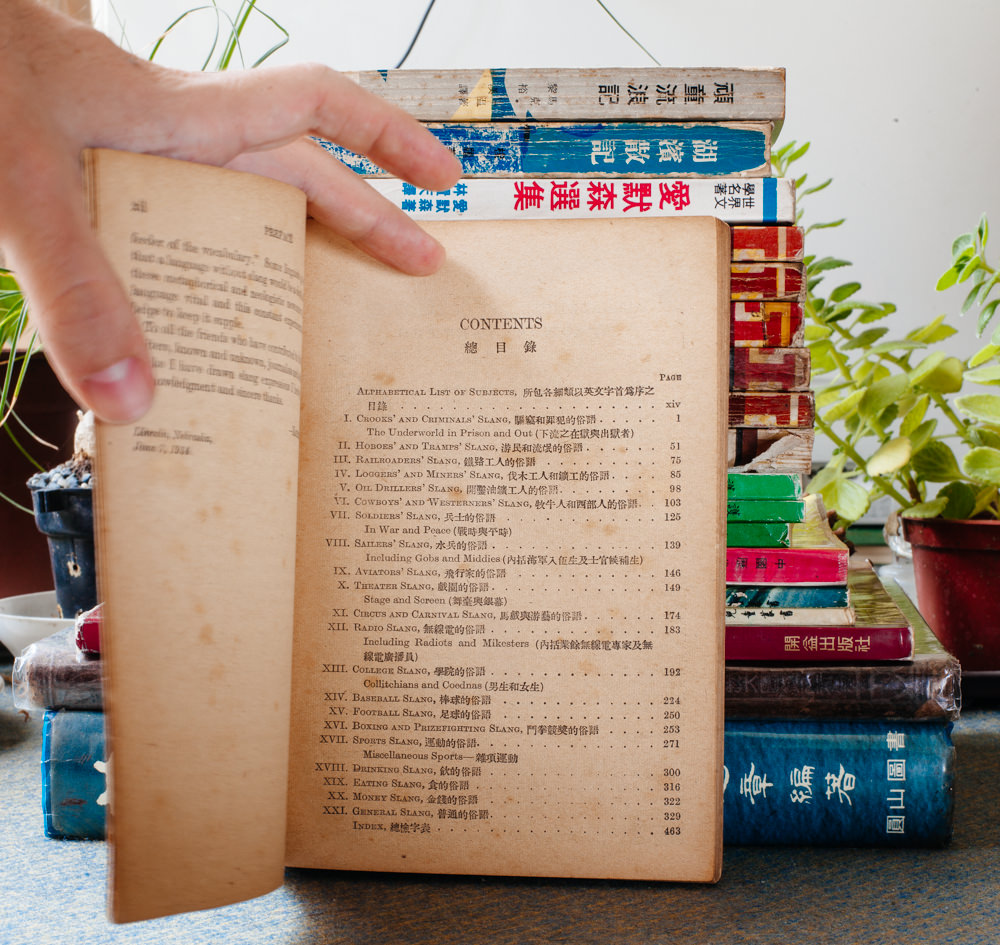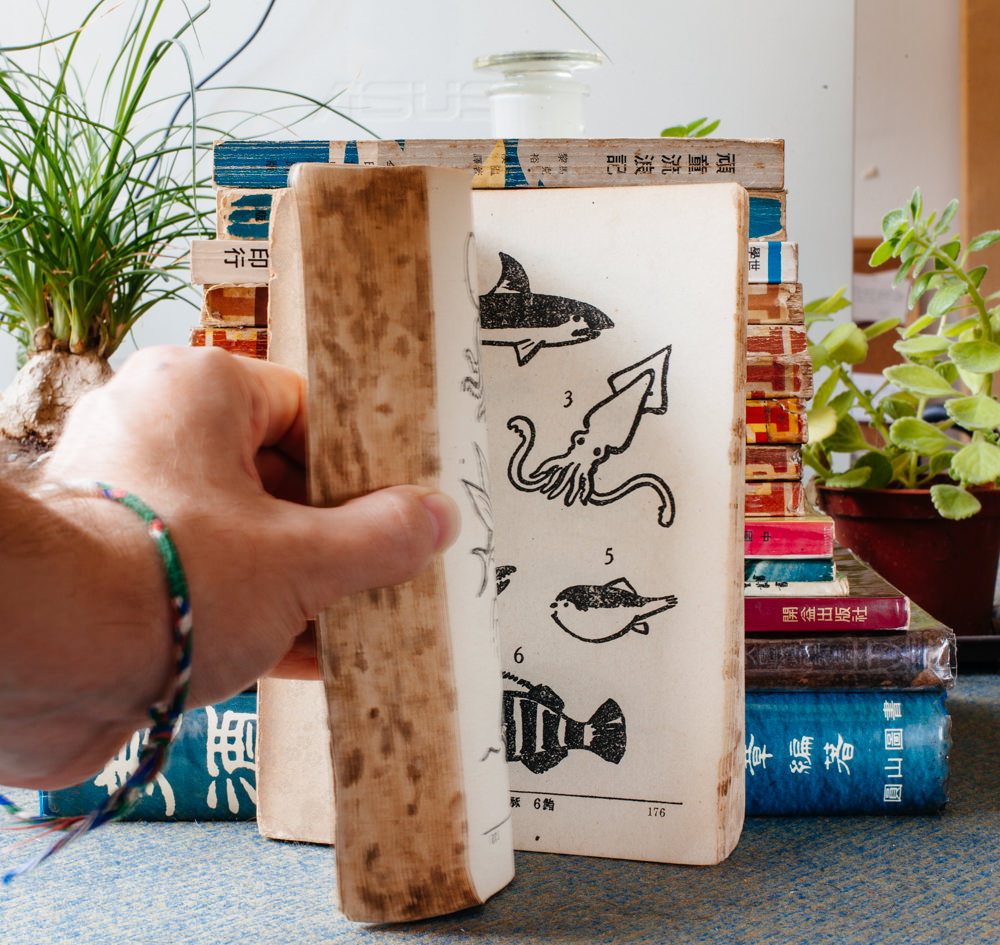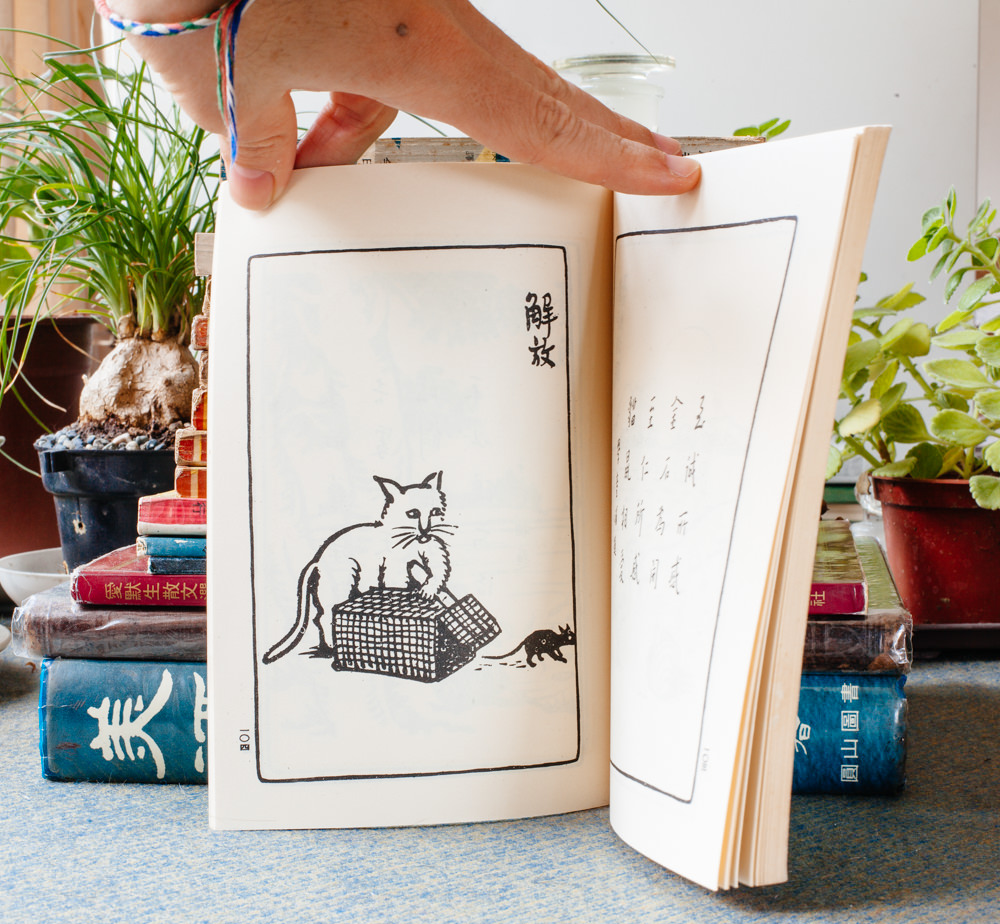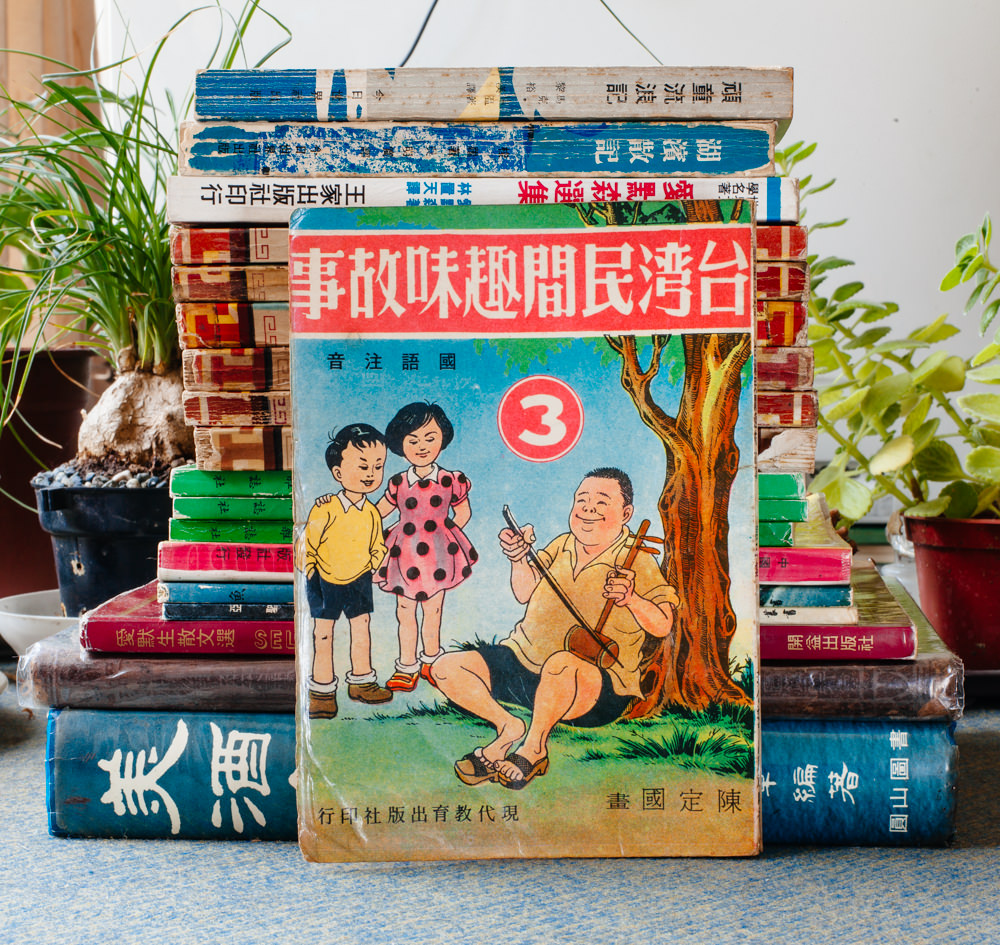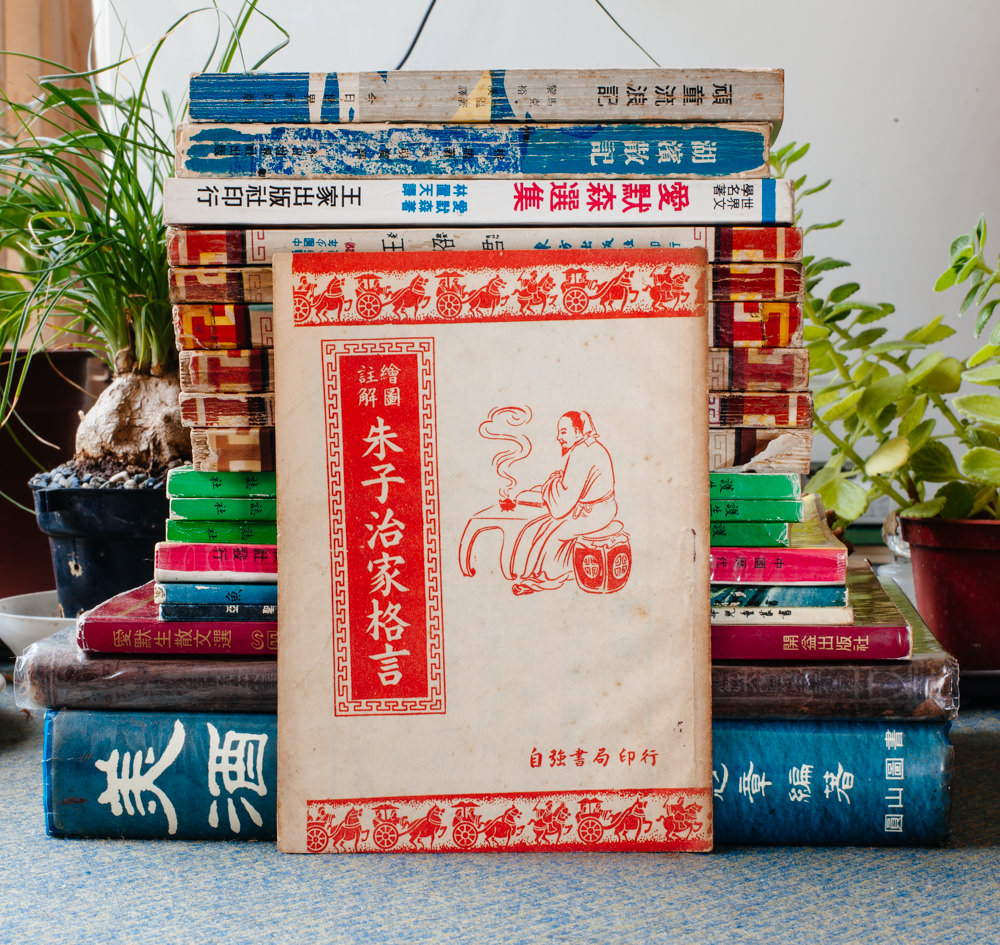I met Timbil Budiarto in Indonesia in 2014. Gintani Swastika, a curator and member of the Ace House Collective, introduced me to him at LifePatch, both of these organizations important and unique cooperative groups in Jogja, located centrally in the island of Java. At the time, we had an amiable conversation, enough to remember his face. Then, about two months ago, at an art performance in the hills of south Taipei, I was pleasantly shocked when I randomly recognized his face in a crowd. We reconnected for a bit and, over the remaining month that he was in Taipei, had the opportunity to spend time together and have a few substantial conversations.
In one of those conversations, when I mentioned my near-obsession with the Indonesian style of music known as Keroncong, he quickly replied, "My mom's a Keroncong singer." Hearing this, my heart jumped. Even better, he said he had brought recordings of her performing with her friends.
When he saw the extreme excitement on my face, I think he felt it was necessary to add, "She's not a professional singer." Certainly this was no problem, and in some ways it was more encouraging. The non-professional (or, more accurately, when players "play for fun" as opposed to aspiring professionals who have not yet reached the professional stage) seems to be very much in touch with what I think of as music and its foundation: a way to sonically celebrate and enjoy life, and create harmonies with other things and people. The professional and their output is ever-well documented, transmitted and available for purchase. The non-professionals, I fear, dwindle in number. So, too, do their ensembles, sing-alongs, and choirs as more and more of us only consume music, instead of take part in it. The professional trades their time for someone else's money. The non-professional trades their time for time. Certainly there's something to this, and I believe it can be felt when playing "for fun." Although, when Timbil mentioned his disclaimer, my response was an abridged, "not a problem at all, I want to hear the recordings!"
A week or so passed before I invited him over to my home with a number of other friends. After casually drinking, snacking and lounging around, he told me that he had brought his hard drive that included some of his mother, Sumini Soerapto, and her friends' Kroncong performances. Eagerly and without hesitation, I brought Ruei and Timbil into my studio. After copying the folder containing the media onto my computer, I loaded one video.
As we watched the home video, it was hard for me not to get emotional. It was difficult not only because of the intervals, scales and the melodic rhythms of the musical style that, before, had already had an extremely inebriating effect on me; it was also hard because I was considering and feeling the strange intersections of that moment. Watching the same video together at the same time, Ruei, Timbil and I were certainly affected in entirely different ways. Physically and musically together, we were also consciously isolated. Timbil, of course, was affected in a very personal and direct way; as he watched, he pointed out his mother and his father. Also, when certain musicians' faces came into focus, he would softly add, "he's now gone," "so is he," amplifying the enigmatic power of documentation - something gone is still, in a lesser form, here.
It was a privilege to share what seemed so personal. The different sounds and images produced many different intersections in the short time we watched together. There were dissonances and harmonies, the krong krong of the kroncong instrument (this is where Krongcong gets its name from), and leisurely breaks between songs. Sometimes they were performing under a small roof outside during the day, breathing the fresh air as they performed with their feet to the ground, having removed their shoes when they stepped onto their stage. There they laughed together, played, stopped, started and, at times, looked directly into the camera. And we, the viewers, looked back.
***********************************************************************
These videos will have different affects on you as they had on me.
Or Ruei.
Or of course, Timbil
(much less his mother),
but I feel very happy to be able to share this with you and I have to thank Timbil Budiarto and his mother, Sumini Soeprapto, for allowing me to do so.
His mother shared her voice with her fellow musicians;
They recorded it and shared it with her son;
her son shared it with his new friend,
and his new friend now shares it with you.

















